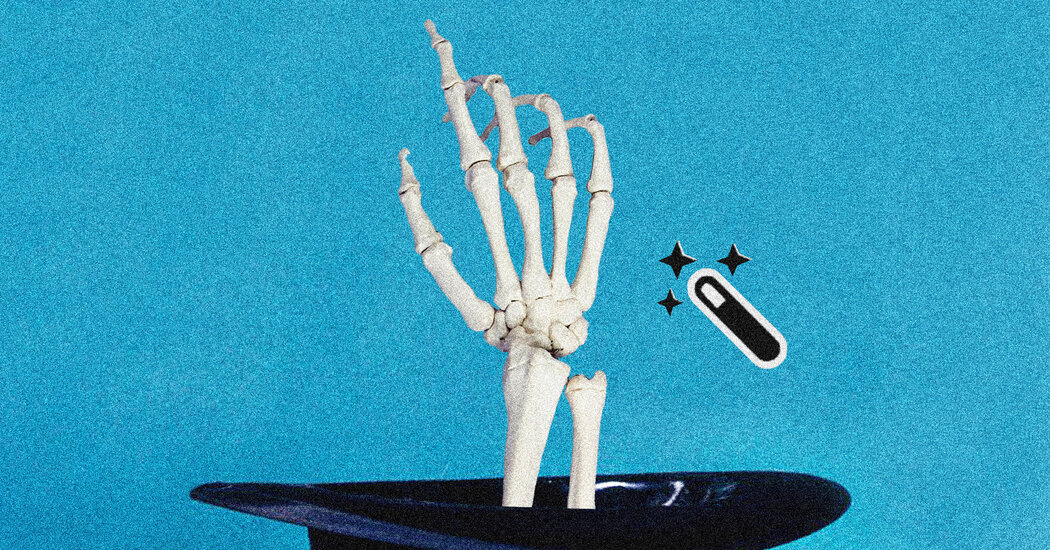Adobe’s Photoshop software has been the gold standard for image editing and manipulation for over 30 years. It’s a tool that’s almost synonymous with digital image editing in the media industry. However, that tool is about to take a significant leap into the world of generative artificial intelligence (A.I), with a newly released beta feature called Generative Fill, which will enable photorealistic rendering of almost any image imaginable at the click of a button, given that the image complies with the terms of service. But what are the implications of this technology that has the power to merge the line between reality and digital artifice for such a broad user base?
Surely other smart apps that can create pictures, using A.I, are not rare anymore. However, Adobe’s Generative Fill goes one step further by bringing this technology to a much larger audience with an easy-to-use feature that lets anyone, regardless of expertise, alter photos with subtle yet lifelike changes that blur the boundary between the authentic and fake. The tool could effectively erase any remaining barriers between the real and the produced. At that point, it is easy to start thinking about the unprecedented disruptions this tool could bring.
Fortunately, Adobe has considered the risks and developed a plan to address the widespread dissemination of digitally manipulated images. Adobe has created what it describes as a “nutritional label” that can be embedded in image files to document the image’s alterations, including the ones made using A.I.
The initiative, accurately labeled the Content Authenticity Initiative, seeks to support the credibility of digital media and address the issue of limiting fake images. The system won’t alert users to every fake picture, but it will help content creators and publishers prove that certain images are authentic. In the future, when an image is posted on social media, one may dismiss it as fake unless it has been verified by a content credential that proves how it was created and edited. This initiative is an essential step towards reducing the extent of digitally manipulated images.
However, while the Content Authenticity Initiative is a step in the right direction, it still requires industry and media buy-in to be effective. Unfortunately, the A.I features in Photoshop are being released to the public before the safety net has been widely embraced, which is not Adobe’s fault. Often, the industry standards aren’t accepted until an industry has matured, and A.I. generated content is still in the early stages. Still, the beta version of Photoshop’s new capabilities underscores the urgent need for a widely accepted standard to ensure the authenticity of digitally produced images.
We are on the threshold of being deluged with pictures that appear realistic, and tech companies need to move quickly to put in place Adobe’s system or any other safety net. A.I. imagery continues to get more refined, and there is no time to lose.














